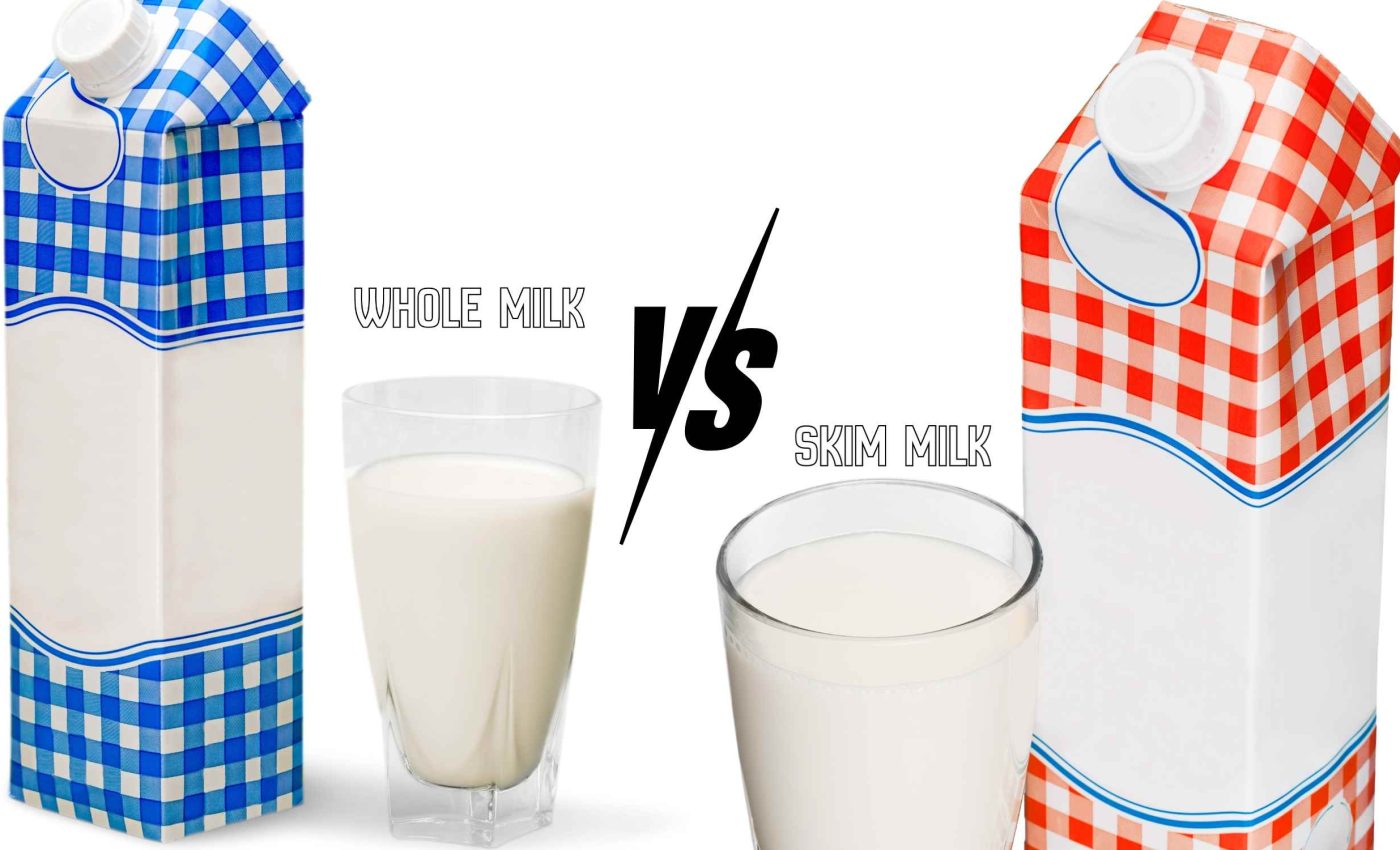
Whole milk or low-fat milk: Study shows which is better for heart health
A new study of 73,860 adults examined changes identified in the bodies of people who drink low-fat milk instead of whole milk, particularly the impact on heart health and cardiovascular disease.
The work comes from Norway and stretches across decades of everyday habits. It compares people who stuck with whole milk and those who shifted to low-fat milk as the country’s tastes changed.
Heart health and milk preference
This was a cohort study, a long-term tracking of a large group over time. Researchers followed participants for up to 33 years and recorded milk type and causes of death.
Because Norwegians changed from whole to low-fat milk during the late 1970s and 1980s, the dataset captured both patterns. That natural shift let the team compare outcomes by milk type with unusual clarity.
The study was led by Erik Kristoffer Arnesen of the University of Oslo. He and colleagues analyzed repeated diet surveys matched to national death records.
The team assessed overall milk intake and then compared whole milk with low-fat milk while holding total milk amount constant.
That second step helps reveal whether the fat in milk matters for heart health beyond how much milk someone drinks.
What the numbers suggest
People in the highest milk-intake group had a 22 percent higher risk of death from any cause than those in the lowest group. The same pattern was seen for deaths tied to cardiovascular disease.
When people who drank the same total amount of milk chose low-fat instead of whole, the risks were lower. All-cause death was 11 percent lower, and heart deaths were modestly lower.
These estimates came from Cox models that report a hazard ratio, a measure of how often an outcome occurs in one group compared to another, over time.
Results were similar after the researchers accounted for smoking, exercise, education, and other diet habits.
“In this cohort with high milk consumption, whole milk is associated with higher CVD and all-cause mortality, whereas low-fat milk is not,” wrote Arnesen.
The authors also noted that results using only baseline diet data were weaker, which underscores the value of repeated diet checks over time.
Milk fat, cholesterol, and heart health
The American Heart Association notes that eating high amounts of saturated fat can increase LDL cholesterol levels in the blood, a key reason many health guidelines recommend choosing lower fat dairy options.
LDL cholesterol, the form of cholesterol that can build up inside arteries, is a key driver of heart risk. Whole milk contains more saturated fat than low-fat milk, so the type of milk can shift LDL levels in the wrong direction.
Other research lines up with this Norwegian picture. A meta-analysis reported that high-fat milk consumption was associated with higher risks of death from any cause and from cardiovascular disease.
Findings from large pooled studies are not carbon copies of one another, but the direction is familiar. When milk fat increases, risk often nudges up, while lower fat milk tends not to show that upward pull.
The Norwegian study focused on milk as a drink, not cheese or yogurt. Different dairy foods can behave differently, so it is wise not to generalize beyond milk.
What this means for daily choices
Health authorities emphasize that while dairy products supply valuable protein and calcium, they can also be high in saturated fat. Choosing low-fat milk preserves the nutrients while cutting back on that type of fat.
A small daily change, like using low-fat milk in coffee, cereal, or cooking, can meaningfully reduce saturated fat intake over time.
Norway’s milk habits changed quickly in the 1980s. That shift created a rare natural experiment that let researchers compare similar people exposed to different milk types.
Repeated diet surveys improved accuracy by reflecting those changes. One-off diet snapshots often miss how people actually eat over the years.
Tracking went beyond what people said they ate. Death records logged whether deaths were from heart disease, heart attack, or other causes, which strengthened the analysis.
Caveats you should know
This was observational research, not a randomized trial. Unmeasured confounding, factors that nudge both milk choice and health risk, can still influence results.
The data reflect Norwegian life decades ago. Medications, food supply, and lifestyles have changed since then, so the size of the effect could differ today.
Even so, the sample was large, follow-up was long, and diet was measured more than once. Those strengths support the main signal that milk fat level mattered for risk.
Milk and the future of heart health
Milk fat is rich in saturated fat, a type of fat that tends to raise LDL. Low-fat milk reduces saturated fat grams without removing calcium or protein.
Lower LDL usually means lower long-term heart risk. That basic chain makes the study’s results biologically plausible rather than just a statistical quirk.
If milk is in your routine, the lower fat option is the safer bet for heart health. The change is simple, and the rest of your diet can stay the same.
If you choose whole milk occasionally, focus on the big picture. Emphasize unsaturated fats from foods like nuts, seeds, and olive oil to keep your overall pattern heart smart.
The study is published in The American Journal of Clinical Nutrition.
—–
Like what you read? Subscribe to our newsletter for engaging articles, exclusive content, and the latest updates.
Check us out on EarthSnap, a free app brought to you by Eric Ralls and Earth.com.
—–













